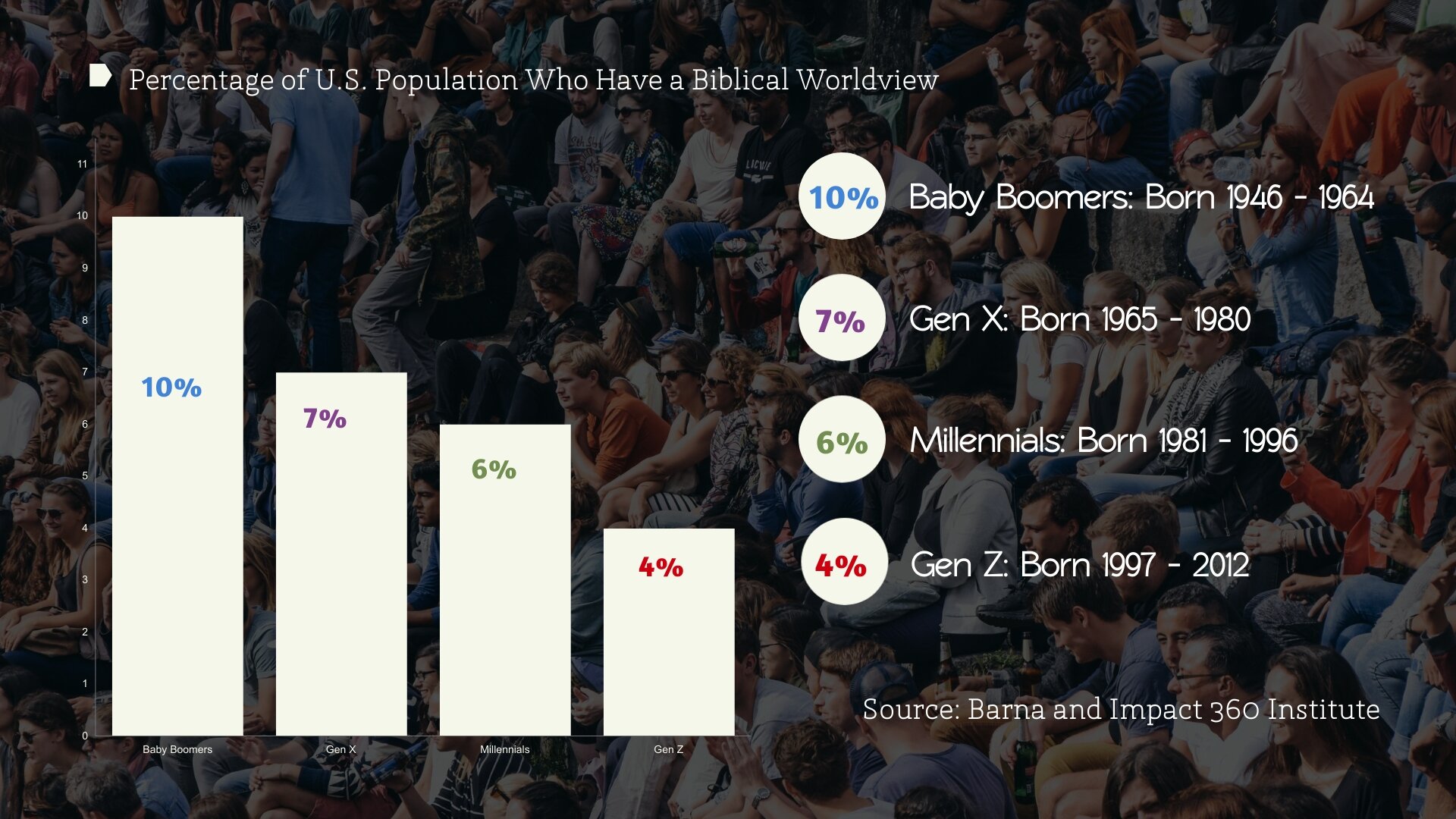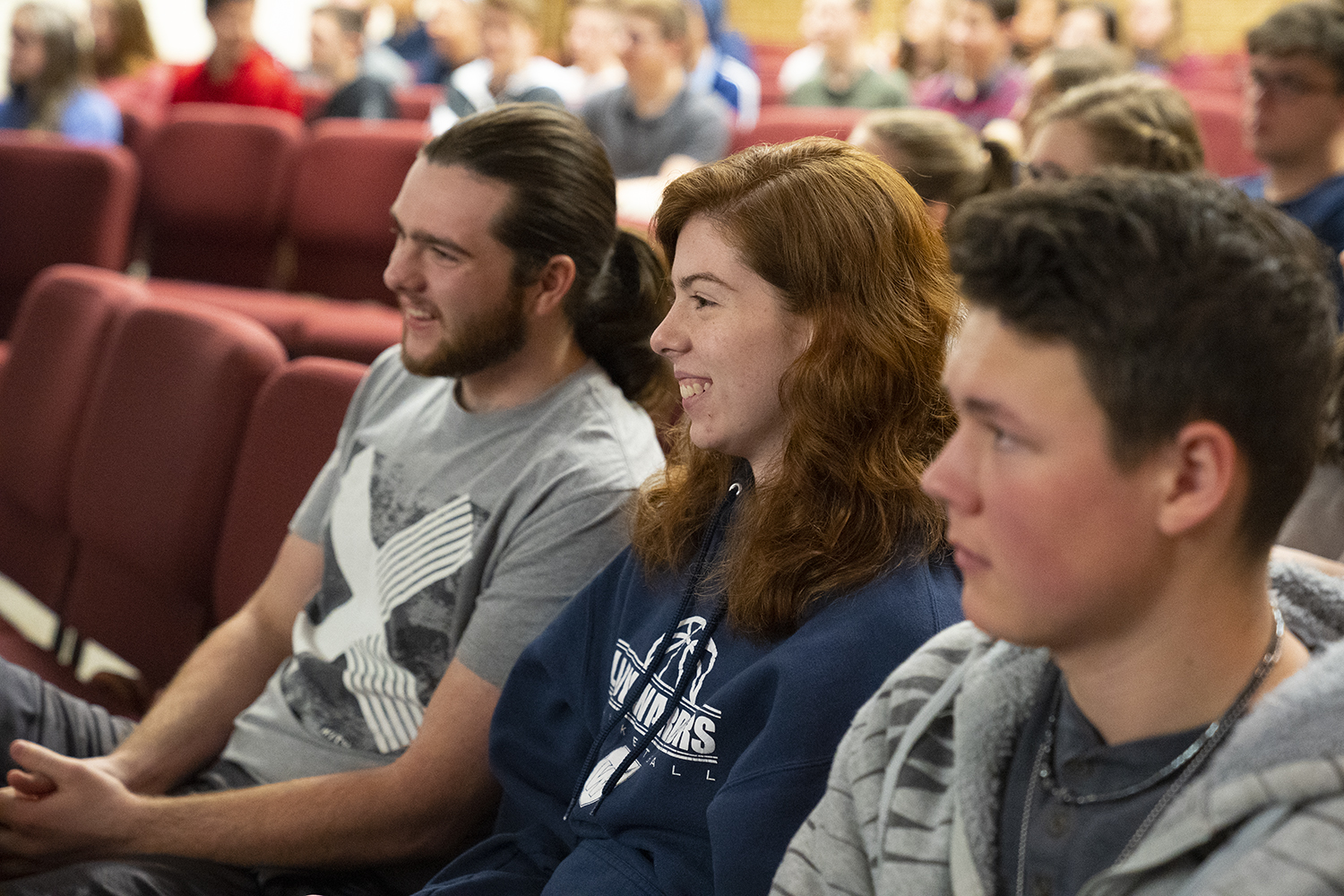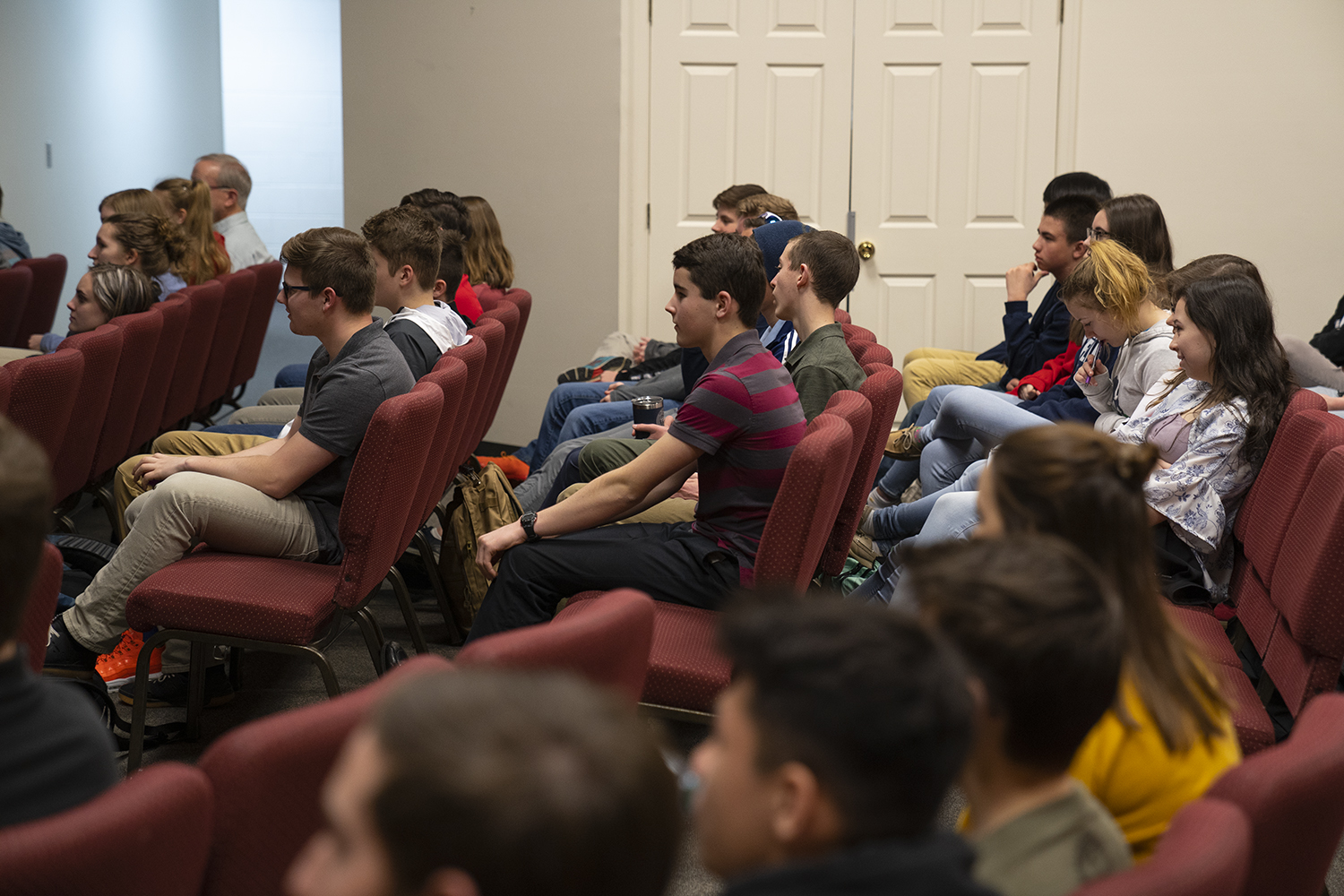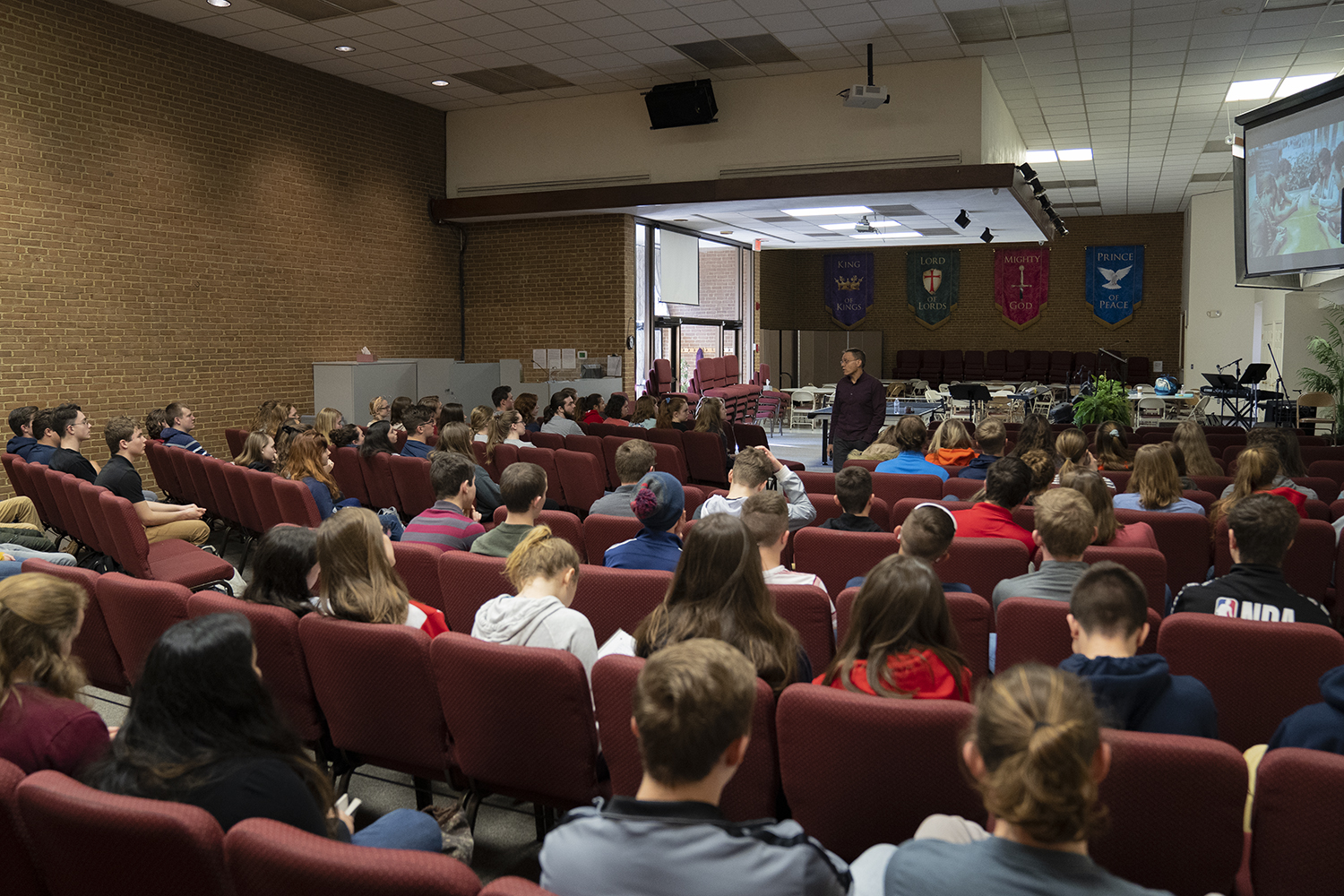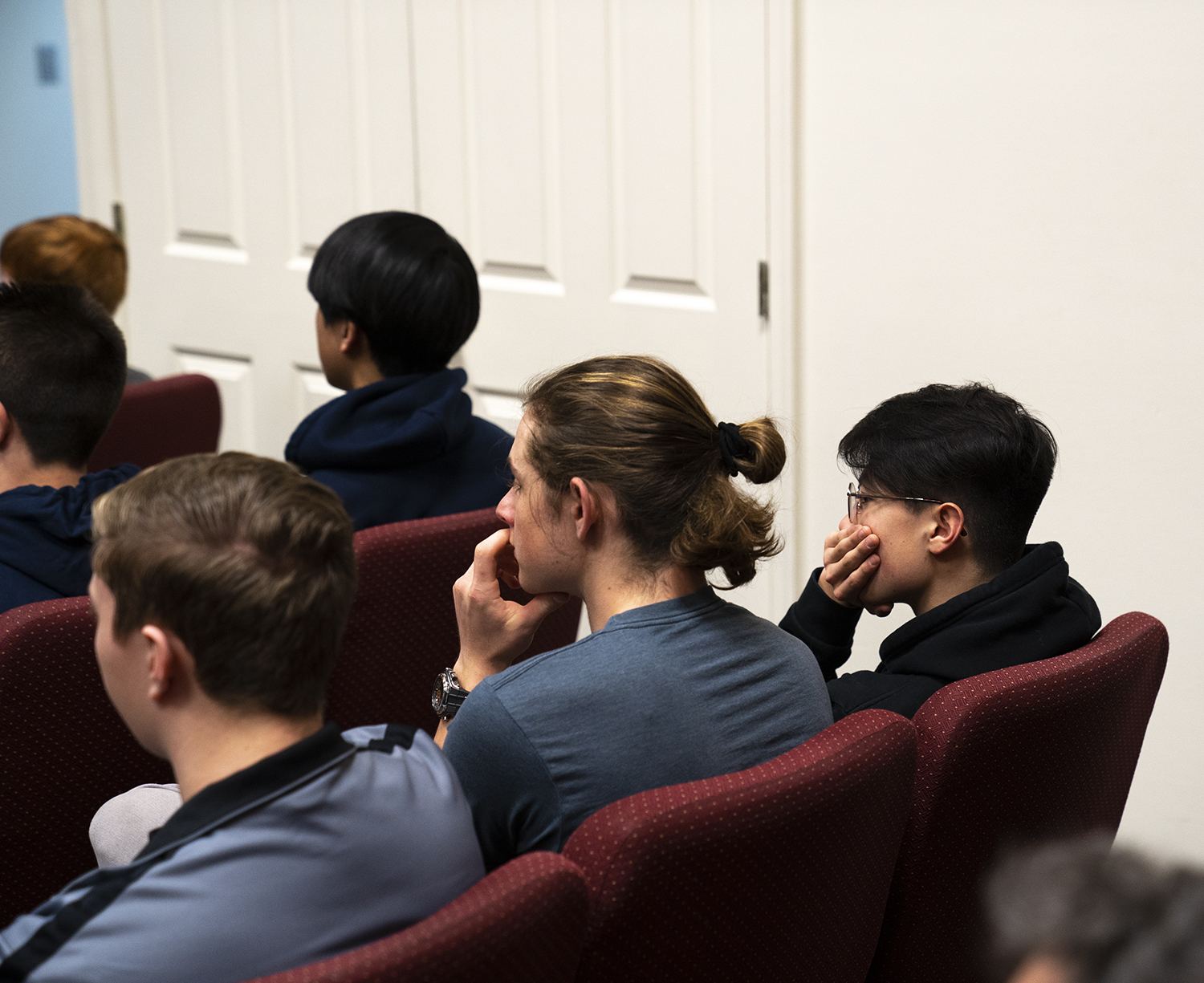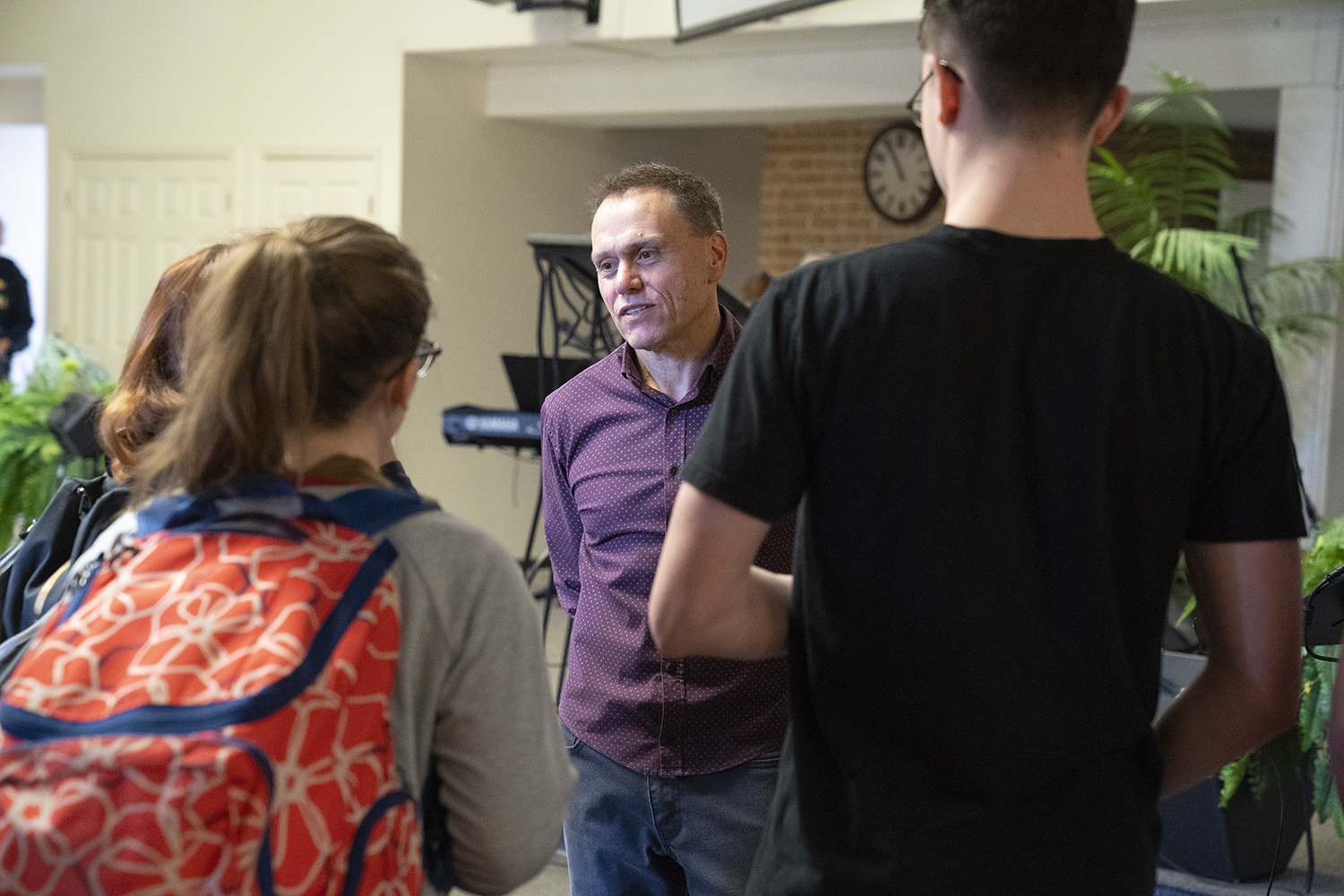WARNING: This blog post contains a graphic photo.
What comes to mind when you think of missions? Digging a well in Haiti? Preaching the gospel to indigenous tribes in Africa? Those are good causes worthy of our support. There is a new mission field and it's closer than you might think. According to the Barna Group and Impact 360 Institute, only 4% of Generation Z in the U.S. has a Biblical Worldview. Generation Z are those born between 1997 and 2012. The Millennials, those who were born between 1981 and 1996, and are parents to many in Gen Z, are not fairing any better. Only 6% in that generation has a Biblical Worldview. You might be thinking that the older generations in America are still clinging to their Bibles. Well, the news on that front is not good either. Only 7% of Generation X, those born between 1965 and 1980, and 10% of Baby Boomers, those born between 1946 and 1964, have a Biblical Worldview. The disintegration of Biblical Christianity in America means we’re now a mission field.
Our Biblical foundation's disintegration has resulted in an enormous rise in depression and anxiety among our American teenagers. According to Social Psychologist Dr. Jonathan Haidt, "The number of teenage girls out of 100,000 in this country who were admitted to a hospital every year because they cut themselves or otherwise harmed themselves, that number was pretty stable until around 2010, 2011, and then it begins going way up. It's up 62 percent for older teen girls. It's up 189 percent for the preteen girls. That's nearly triple. Even more horrifying, we see the same pattern with suicide. The older teen girls, 15 to 19 years old, they're up 70 percent, compared to the first decade of this century. The preteen girls, who have very low rates to begin with, they are up 151 percent. And that pattern points to social media. Gen Z, the kids born after 1996 or so, those kids are the first generation in history that got on social media in middle school." (Source: Documentary The Social Dilemma [Netflix])
This is not a stock photo. This picture was given to me by his mother.
For more than 15 years, Brad Huddleston Ministries has been reaching into this world of digital addiction with the Good News of Jesus Christ. Only God can turn this around with His Gospel. Will you consider supporting us as we continue ministering in this new and complicated mission field? Thank you for considering us with your giving.


